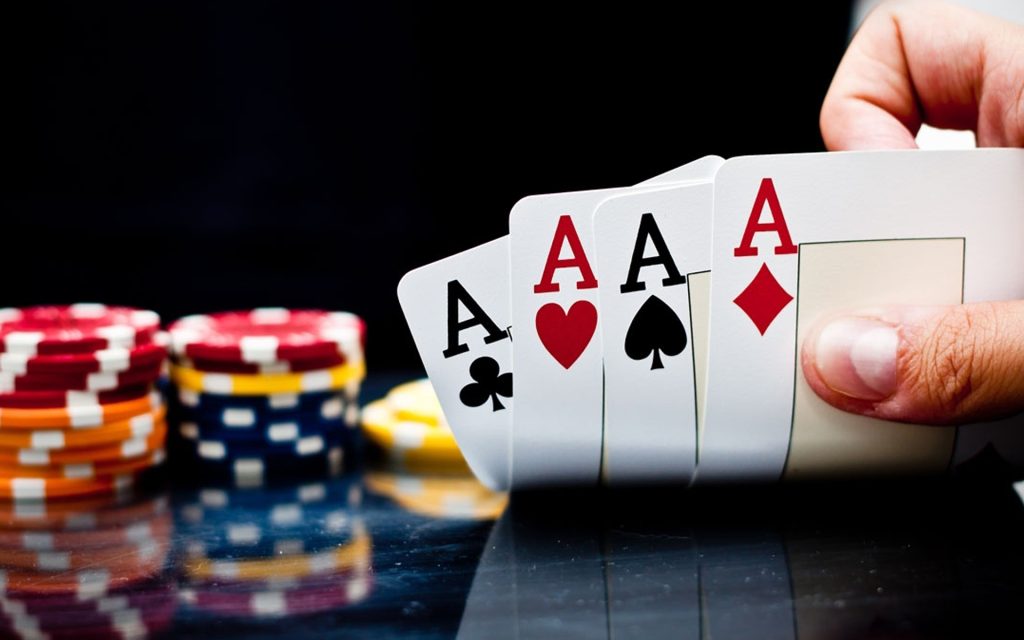In the intricate tapestry of human interactions, deception has been both a time-honored strategy and a timeless enigma. It is a craft that transcends cultures, eras, and professions. Whether you are a seasoned poker player, a savvy negotiator, or a cunning spy, the art of the bluff is a skill that can be mastered through a delicate dance of psychology, strategy, and timing. The art of the bluff is not just about blatant lies and fabrications; it is the subtle manipulation of perception, the strategic omission of truth, and the strategic use of misinformation. In essence, it is the art of wielding deception as a tool for achieving one’s objectives. To become a master of the bluff, one must first understand the psychology that underpins it. Human beings are inherently predisposed to trust each other, and trust is the cornerstone of social cohesion. Consequently, when we encounter deception, our brains are often ill-equipped to detect it. The art of the bluff capitalizes on this vulnerability, exploiting the gaps in our cognitive defenses.

It involves reading your opponent or target, understanding their biases, and tailoring your deception to align with their expectations. It is a delicate dance of empathy and manipulation, where you weave a narrative that feels familiar and believable, even when it is far from the truth. Timing is everything in the art of the bluff. Just as a magician distracts their audience with a flourish before executing the trick, a master bluffer creates a diversion or sets the stage before delivering the deceptive blow. It is about misdirection, a skill honed by poker players who carefully control their facial expressions and body language to mislead opponents. A well-timed bluff can turn the tide of a negotiation, win a high-stakes poker hand, or even change the course of history. In espionage, spies employ elaborate deceptions to divert attention from their true objectives, and the success of their missions often hinges on the precision of their timing.
The art of the bluff also relies on the strategic use of partial truths and selective information. It is about knowing what to reveal and what to conceal Pokdeng. This selective transparency not only keeps your deception consistent but also makes it more difficult for others to verify your claims. In the world of business, entrepreneurs may exaggerate their startup’s potential while downplaying its risks, enticing investors with a carefully crafted narrative. In politics, leaders often utilize half-truths to sway public opinion, manipulating perceptions to their advantage. However, the art of the bluff is a double-edged sword. When wielded irresponsibly or maliciously, deception can erode trust, sow discord, and have far-reaching consequences. It is essential to recognize the ethical boundaries of this craft and use it judiciously. Honing the art of the bluff is a journey fraught with ethical dilemmas and moral choices.